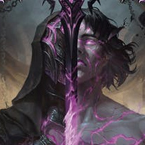This is the 2nd in our series following the Living Legend format. You can read part 1 here.
World Championship 2023 has come and gone, and with it, we have witnessed the results of the first ever rated Living Legend event. With no banned list, Starvo was able to complete a full sweep of the Top 8 in Barcelona. The disruption of Warmonger's Diplomacy and Hypothermia - alongside the emergency "retake tempo" button of Awakening - was able to keep the Runeblades at bay; and with 12+ premium attacks featuring some of the strongest on-hits in the game, offense was not in short supply. By round 9 of the Battle Hardened, the top six tables of the event were all Starvo mirrors.
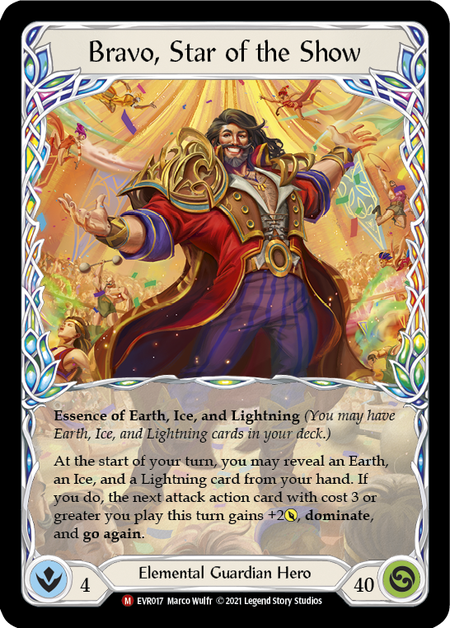
There were some decks nipping at Starvo's heels though, including Prism and Kano (and I know of several Runeblades that dropped after hitting X-2 to go play more side events, myself included). Starvo can adjust easily enough for the Kano matchup (Shock Charmers do immense work here), but Prism might be his one genuinely bad matchup. That said, it's hard to argue with the results, and even if Prism can beat Starvo consistently, she will struggle to hang if she can't solve her Fai and Runeblade problems.
At present, we have no signs pointing toward bans or suspensions for the Living Legend format. Regardless of what the initial change is, it should shed some light on what LSS intends for the format to be long term. Will we finally see them exercise their ability to restrict cards to single copies? Perhaps the institution of hero-dependent bans just for LL format (Starvo can't play Warmongers, but everyone else can). Or maybe they'll allow it to remain a Starvo-dominated format for a while longer, which would be a reasonable choice for the moment given the small sample size. When action is eventually taken, I fully expect Awakening to be the first domino to fall.
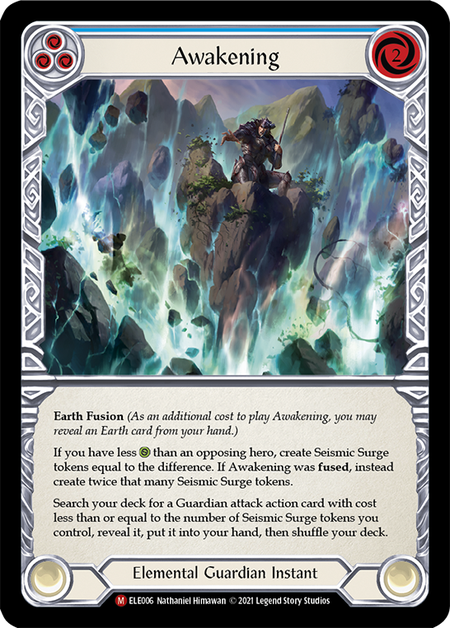
No matter what happens with the format, I trust LSS will make their decision with player enjoyment as the guiding star of their decision making. Living Legend has the potential to be the eternal format of competitive players' dreams, harkening back to the heyday of Modern and Legacy MTG, where metagames shifted slowing over time and players were able to invest time to master a deck and trust that they'd be able to stick with it for a long time. While I expect Classic Constructed will remain the lifeblood of FAB, I believe that Living Legend is destined to become FAB's beating heart as the place that will always be ready to welcome your all-time favorite heroes into the arena.
On the subject of favorite heroes, let's take a look at what else Living Legend has in store. Today we're going to look at shells for 8 more heroes that could potentially make some noise in the format (though admittedly a few of these will probably be forced to wait for Starvo to be taken down a peg before they can look to compete at the highest levels).
Legends of Aria
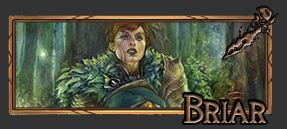
There was a small contingent of people hoping that LSS would revert Briar's errata for the LL format, but thankfully LSS did not. While Briar does regain a few long-lost cards from her time as a top-of-the-format Cheerios build, Briar players will have to settle for the reasonably balanced new version of her abilities.

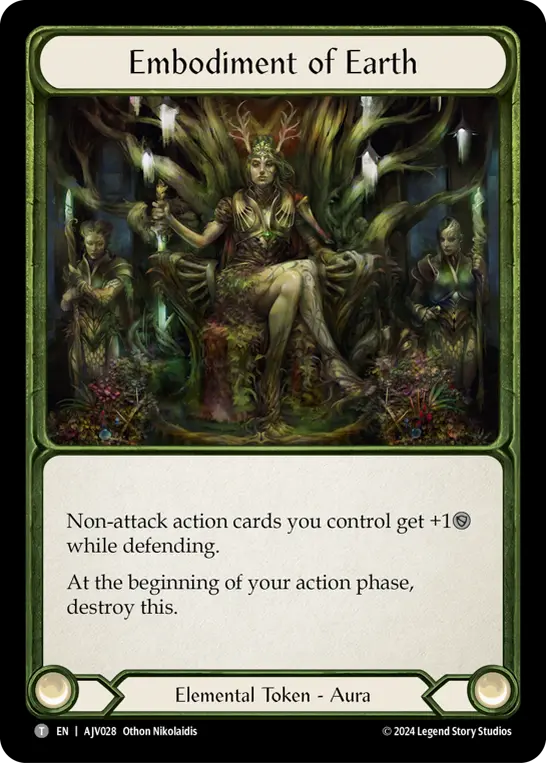
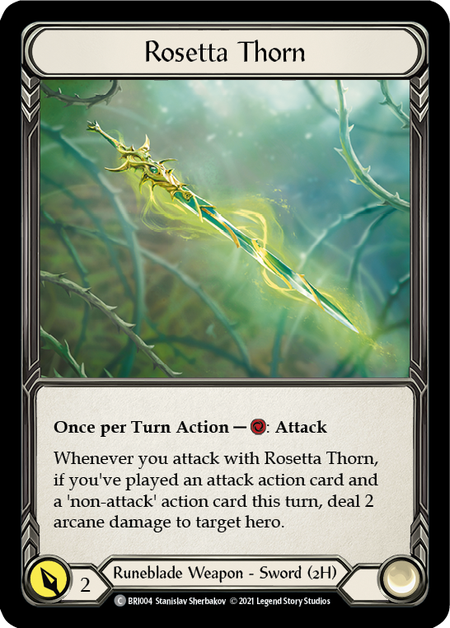
Briar lives somewhere between Fai and aggressive builds of Viserai (two heroes we'll address as viable outsiders later). Like Fai, she leans on a critical mass of aggressive cards that largely do the same thing. The attack action suite is mostly 4-power attacks that either have go again or the ability to draw a card; non-attack actions are cantrips (cards that draw cards and effectively replace themselves) or Nimblism variants; and the resource cards are either Earth cards or non-attack actions that block for 3 so that they can block for 4 via Embodiment of Earth.
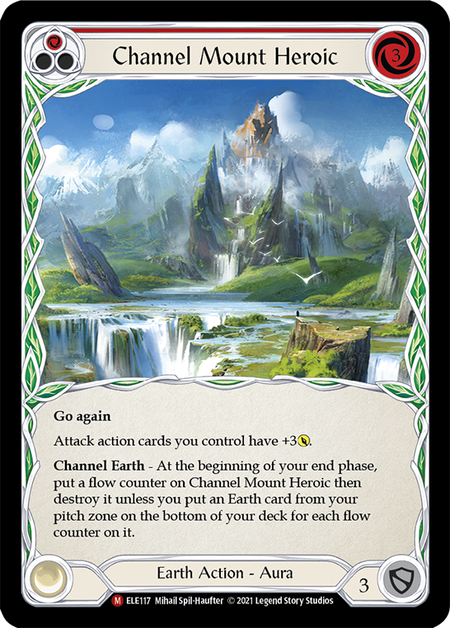


The real power behind these sorts of Briar builds is the handful of Earth synergy cards - namely, Channel Mount Heroic - which is the reason for the concentration of Earth cards in our blues. CMH can frequently account for 9 or more damage, and if it ever sticks around for a second flow counter, that's probably a game that you're winning.
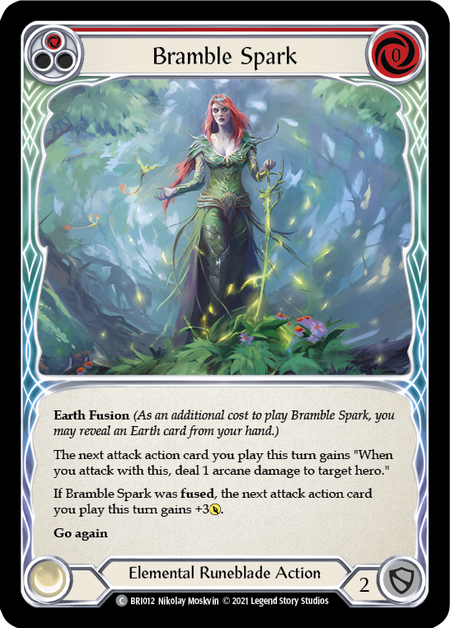
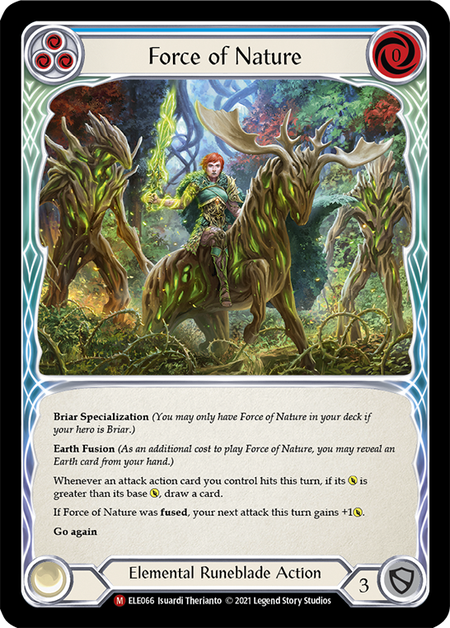
Force of Nature is basically an upgraded blue Plunder Run, and Bramble Spark has the potential to be a 4 damage, split-damage Nimblism, which is quite strong.
Briar also gets her power boosted from CC due to being able to re-add Ball Lightning and Plunder Run to the deck. (For those who weren't playing the game during the 2021 Nationals season, Ball Lightning and Plunder Run were the cards they banned - alongside giving Briar her errata - to bring her back in line with other decks). Pre-errata Briar ran both of these cards as 9-ofs; but without the ability to generate multiple embodiments in a single turn, Ball Lightning being a 0-block can't be compensated for as easily, which should lead to these cards being played in lower quantities.
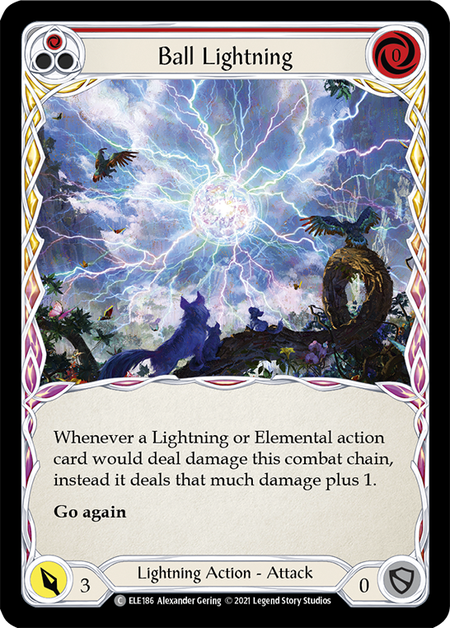
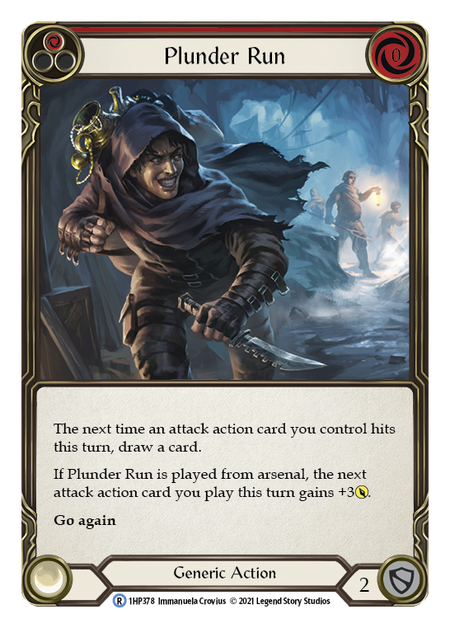
Briar struggles with the Ice disruption as much as any Runeblade, though she does have a few avenues to potentially counteract Warmonger's Diplomacy (such as Seek Horizon or Nimble Strike). Outside of resorting to a different build leaning on the Belittle/Minnowism package, she'll have to fight through the frost the old-fashioned way: by drawing blues.
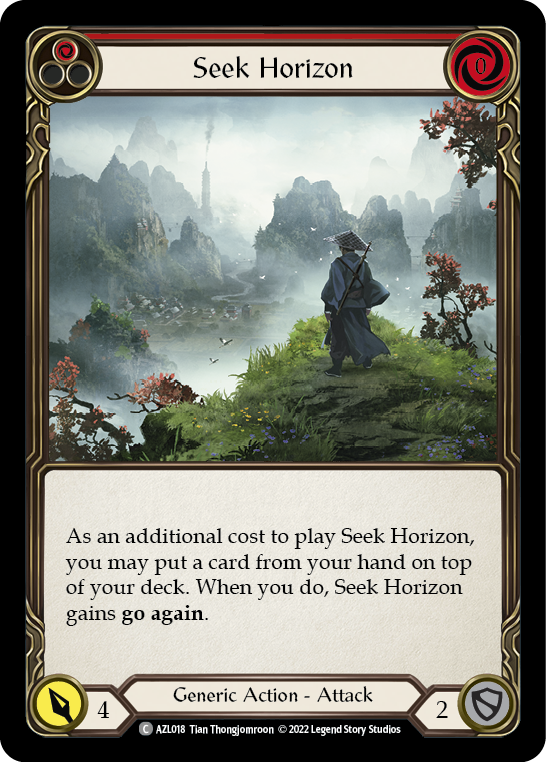
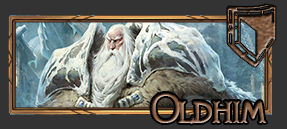
For folks looking to get the classic control experience out of Living Legend, Oldhim is probably the only hero who can give control Starvo a run for his money. He has all the best Elemental Guardian equipment, but with a hero power that plays defense rather than offense.
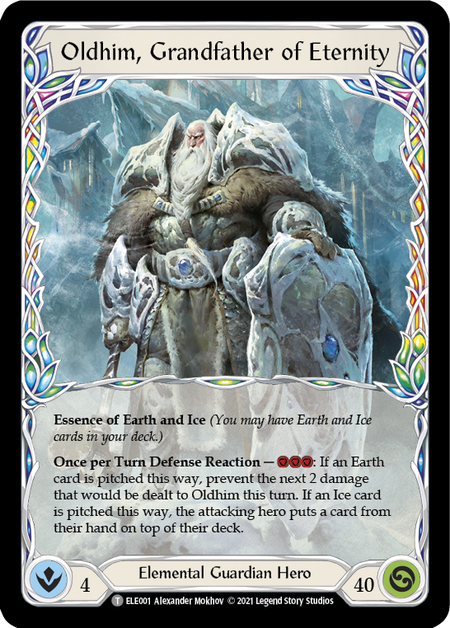
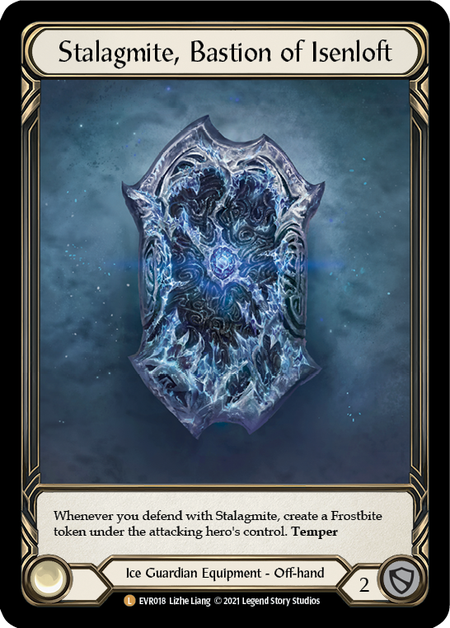
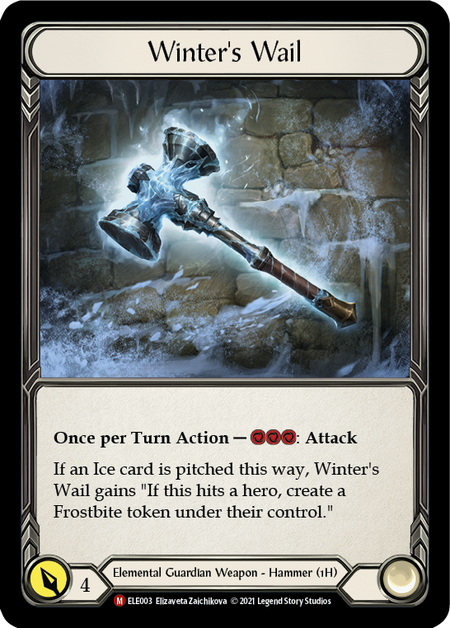
Going back to his icy roots, Oldhim makes good use of Channel Lake Frigid and Hypothermia (where appropriate). Warmonger's Diplomacy is also nicely at home here, giving Oldhim 6 ways to stop some of Chane's late game turns.
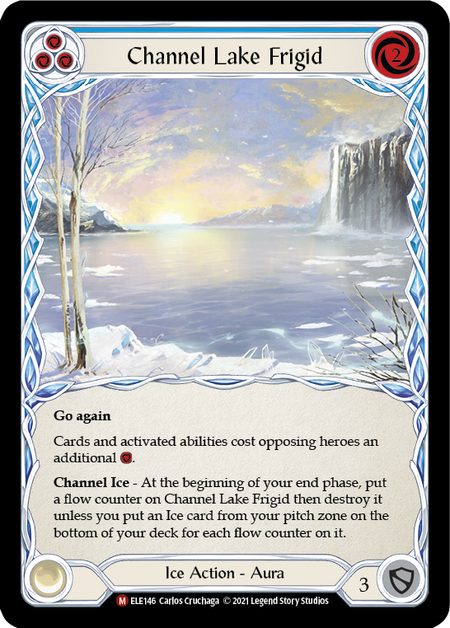
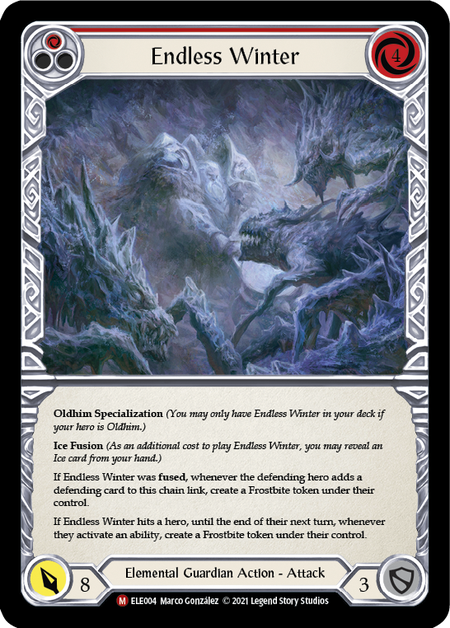
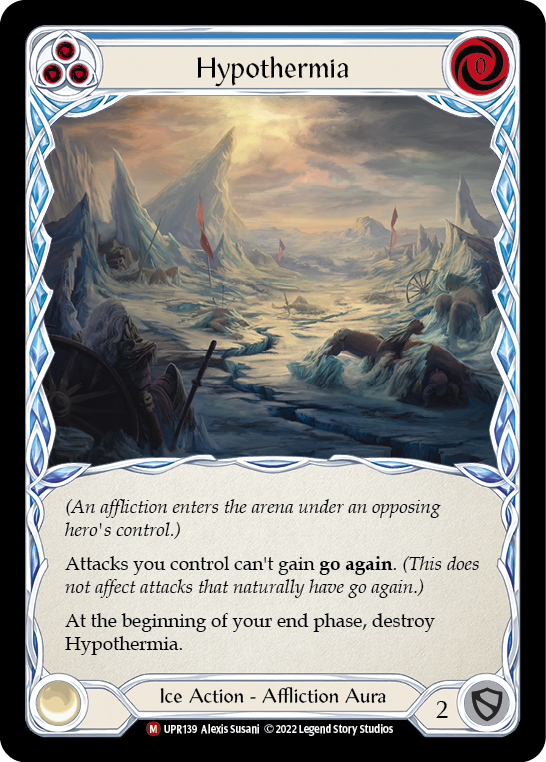
While Oldhim doesn't possess Starvo's ability to play explosive offense, he does a great job of never having some of the clunky, awkward hands filled with 2-blocks. Oldhim is looking to keep the game close throughout, and just when you think you've surged ahead, he'll Awakening for a Pulverize and steal away any tempo you thought you had gained.
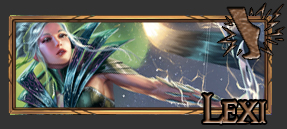
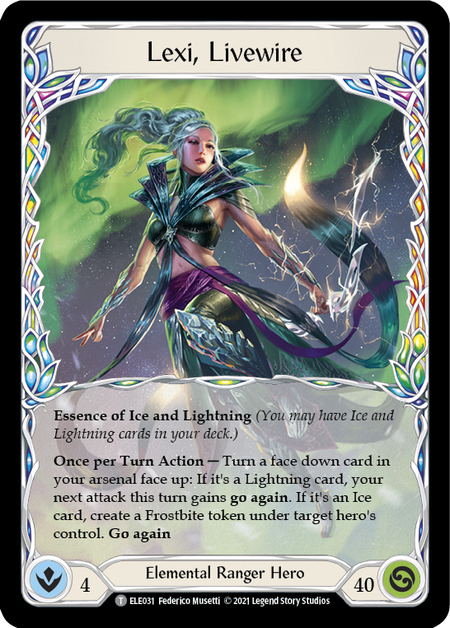
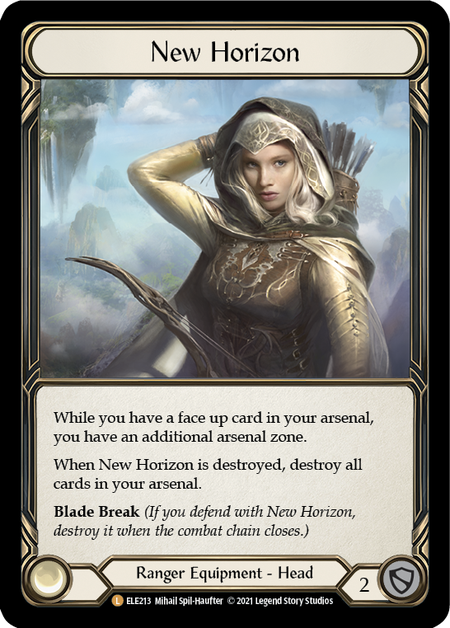
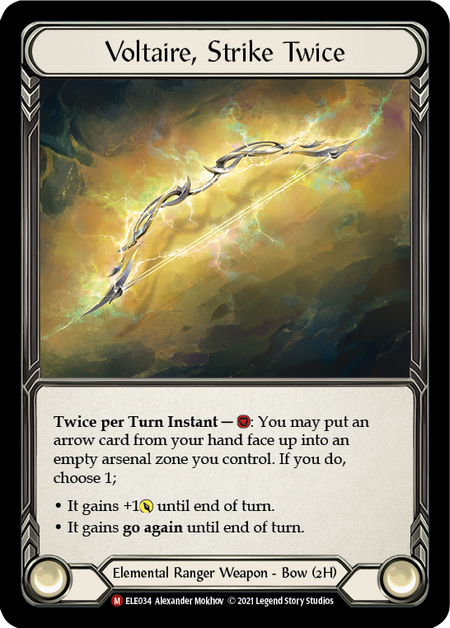
Lexi straddles the line between her two Aria counterparts. With Voltaire, Rain Razors, and Three of Kind, Lexi is free to play for her big offensive turns - but this isn't Classic Constructed, and Lexi's offensive firepower isn't unrivaled in this format. Fai, Chane, and Briar are each capable of racing Lexi on pure damage output, but that is where Lexi's real power in this format comes in.
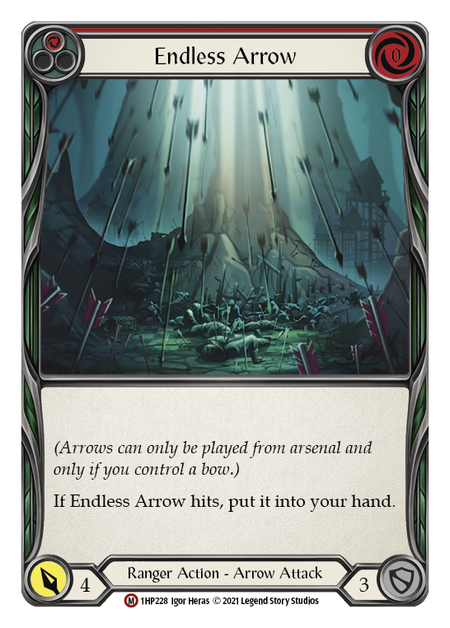
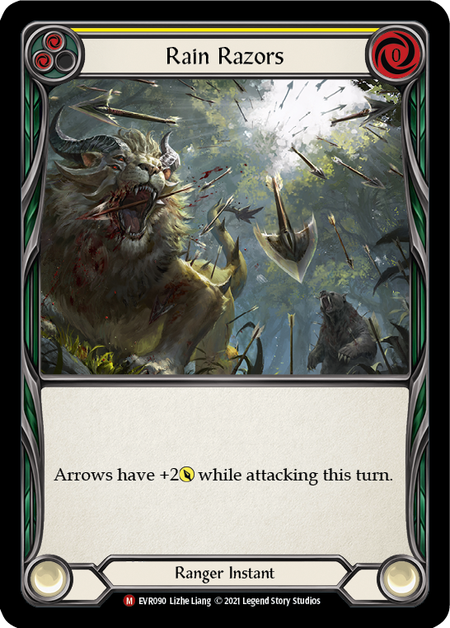

Lexi gets to play a smaller version of Starvo's game plan: aggression backed up by on-hits and ice disruption. The good news is, Lexi's ice synergies require a little less to line up for things to work out. The bad news is, you're doing a lot of the same things that Starvo is doing, but smaller - so you will probably struggle against Starvo as much as most other heroes.
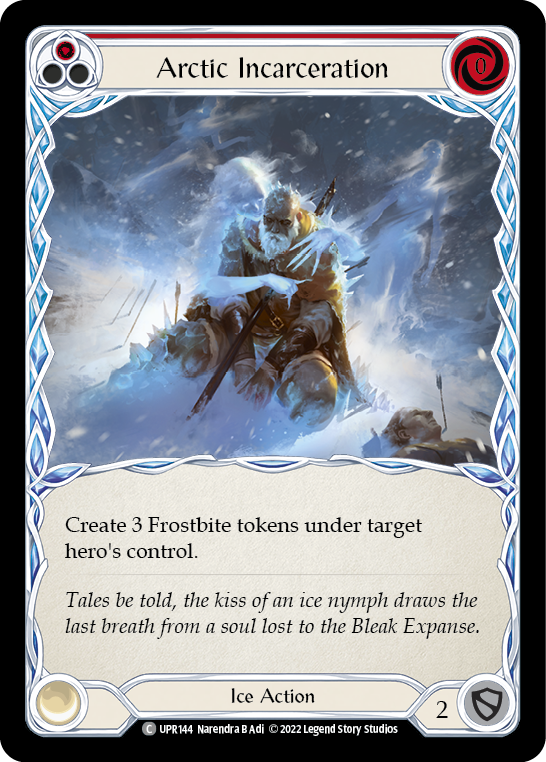
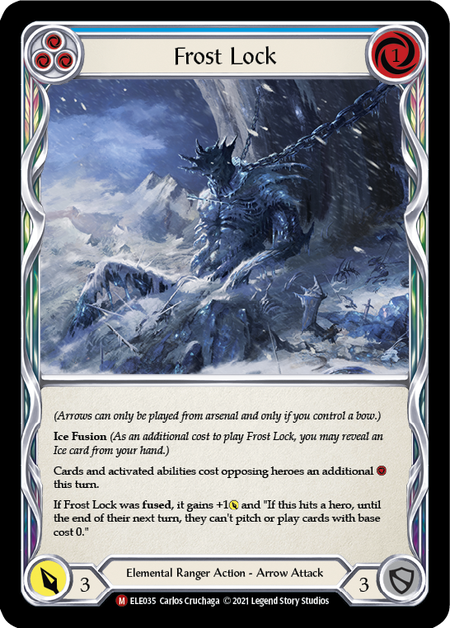
Editor's Note: If you're a recent arrival on the FAB scene, it may come as a shock reorienting your perspective from CC to LL, but Lexi here is decidedly an underdog. Recent gains in the community's understanding of her gameplay will be required to make up the ground between her and the Big 3, or even the unbanned versions of her Tales of Aria compatriots.
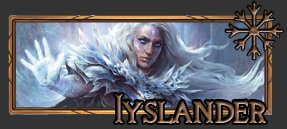
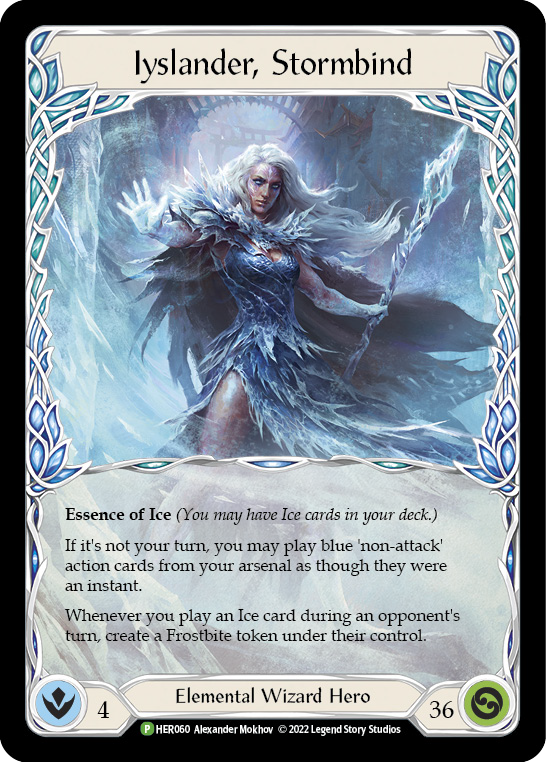
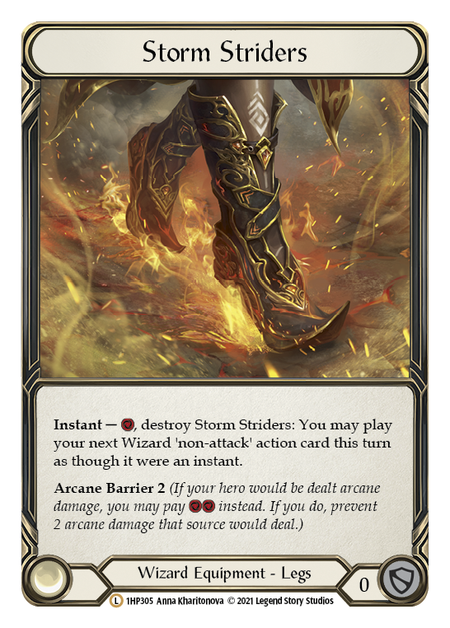
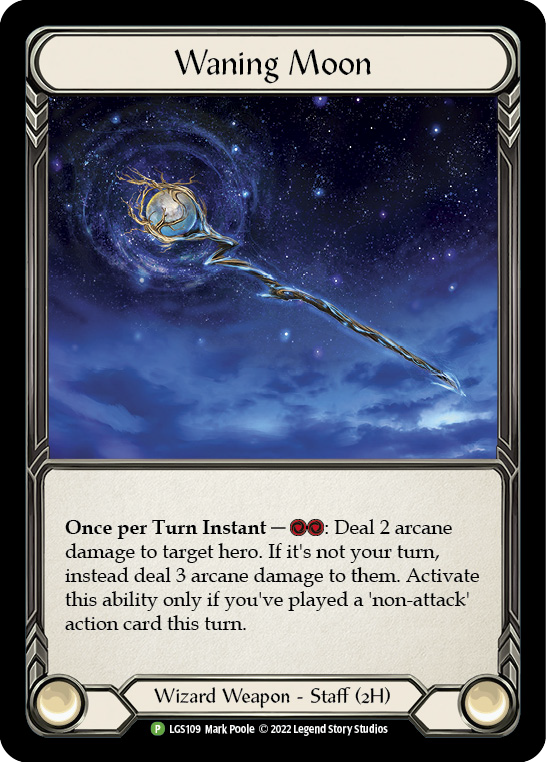
Like Oldhim, Iyslander has the potential to occupy a very interesting niche of the LL meta. Iyslander gets to run the same disruptive cards as all the other ice heroes, except better.
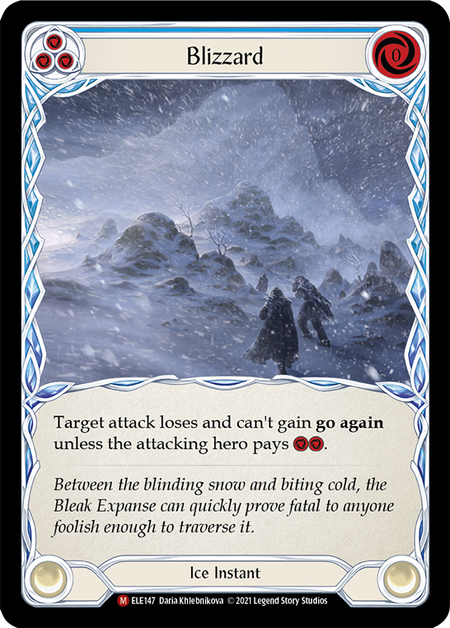
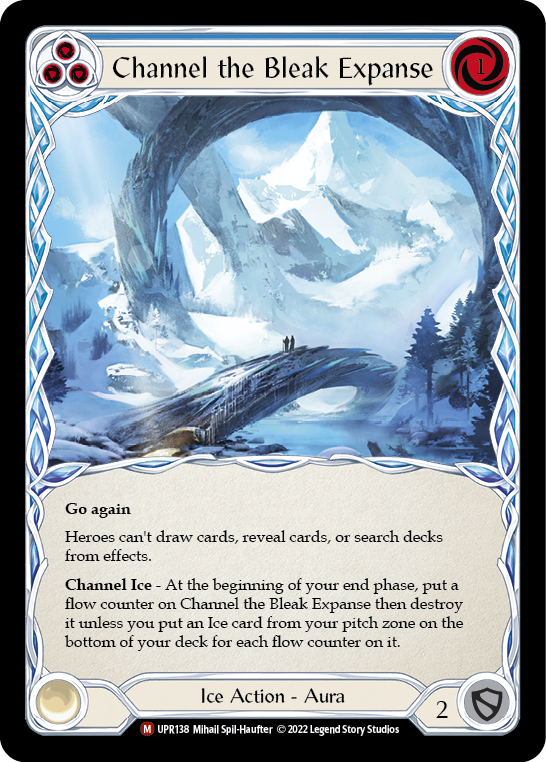
Blizzard coming with an extra Frostbite attached is very strong, and instant speed Channel Lake Frigid or Channel the Bleak Expanse can be backbreaking. Playing Hypothermia as an instant can just eat an entire turn out of the aggressive decks (or prevent Starvo from following up a fused attack with a "Frosty Four" from Winter's Wail).
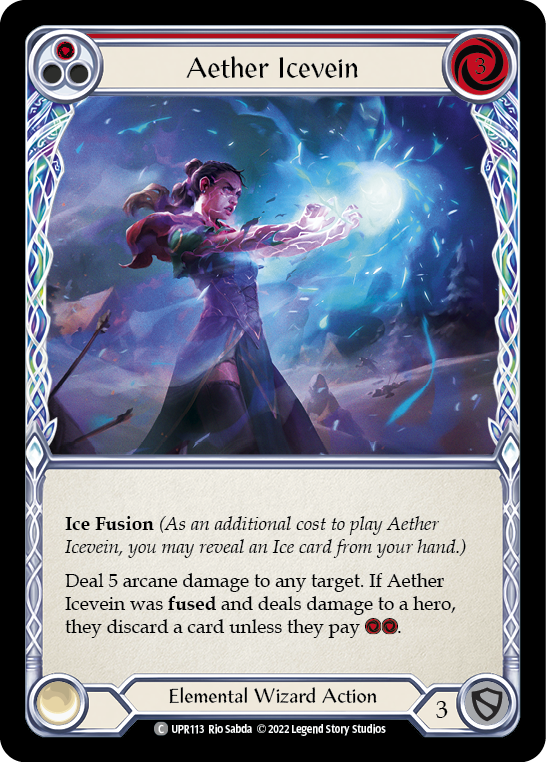
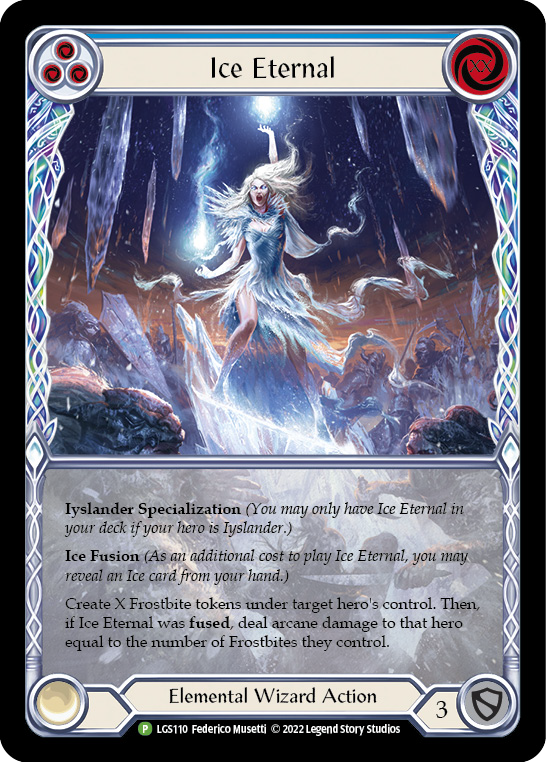
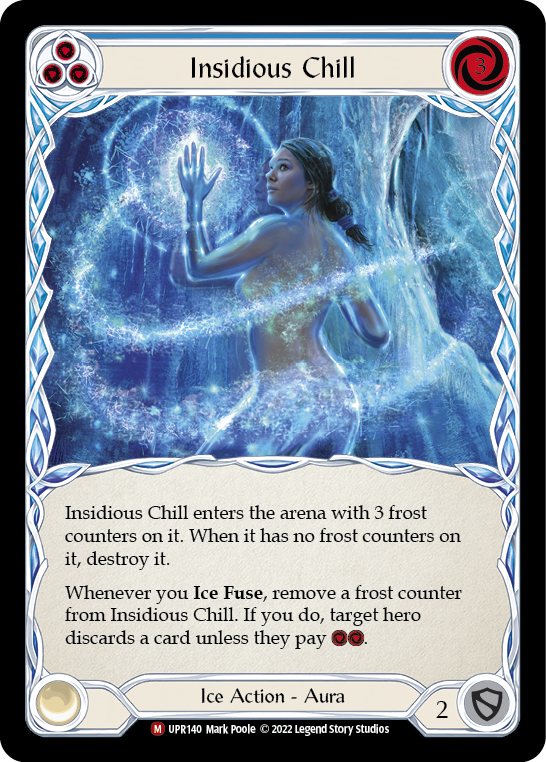
Once Iyslander can create a window with her suite of instant-speed disruption, she can put forward more proactive disruption. Fused Aether Icevein or Ice Eternal with an Insidious Chill trigger is either pushing damage or preventing most of the opponent’s next turn. This disruption begets more windows for additional disruption, and if Iyslander has her way, her opponents will hardly be playing the game. After they're locked down, she can finish her opponent off with a flurry of Ice Bolts and Emeritus Scoldings to close out the game.
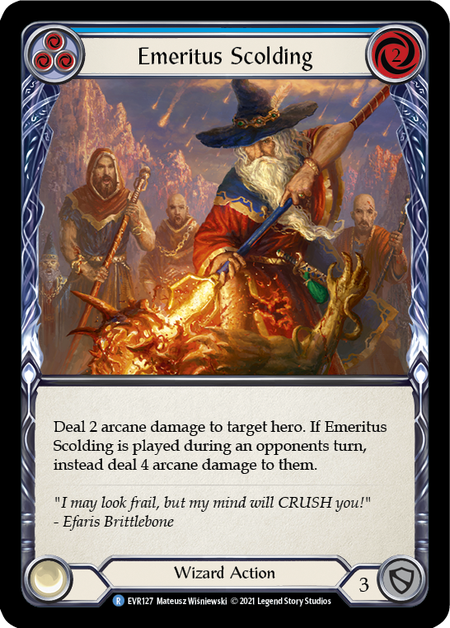
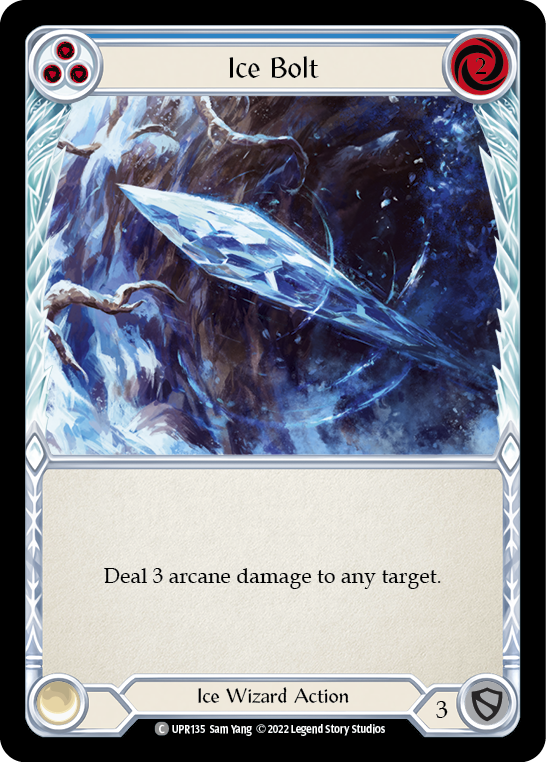
Bricking on disruption as Iyslander in LL is probably a death sentence against many heroes, given the power of the aggression in the format; but if you're looking to lock your opponent out of playing their game plan in a meaningful way, look no further.
Not Legends... Yet
While the focus of the Living Legend format is on those heroes who have attained the associated status, it's open to would-be contenders as well.
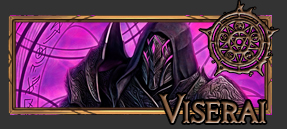
Viserai occupies a unique spot in the LL metagame, as there are at least two different builds of the OG Runeblade that people can look to play. Unsurprisingly, both of them rely on Bloodsheath Skeleta to varying degrees.

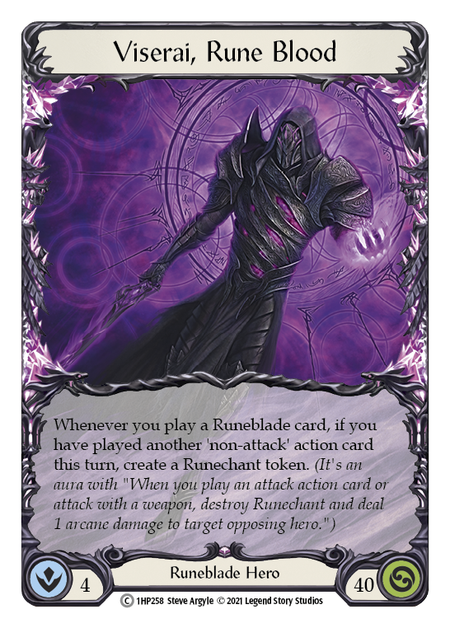
The first build we'll look at is a somewhat aggressive build that is reminiscent of his latest Rosetta Thorn builds.
This version is looking to lean on Viserai's classic 3-card hand play pattern: Mauvrion Skies or Lead the Charge, followed up by Shrill of Skullform or Spellblade Assault, ending on a Rosetta Thorn attack, all paid for by a single blue pitch.


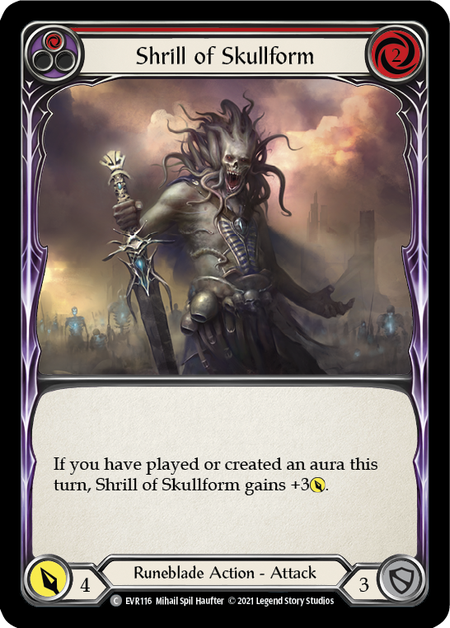
Swarming Gloomveil, Revel in Runeblood, and Rune Flash all serve as 5-damage extenders with go again, helping to convert bigger hands into more damage at a great rate.
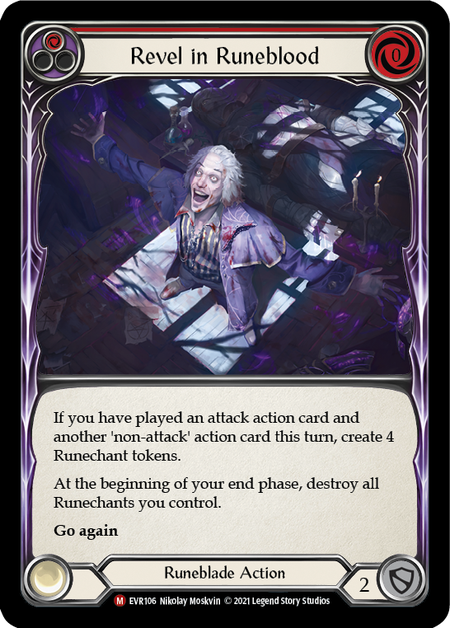
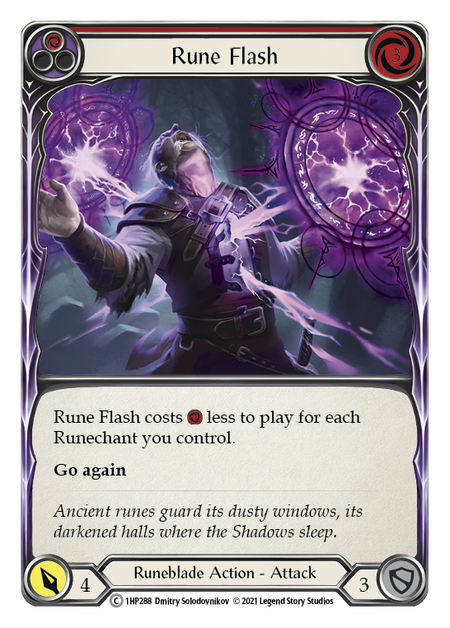
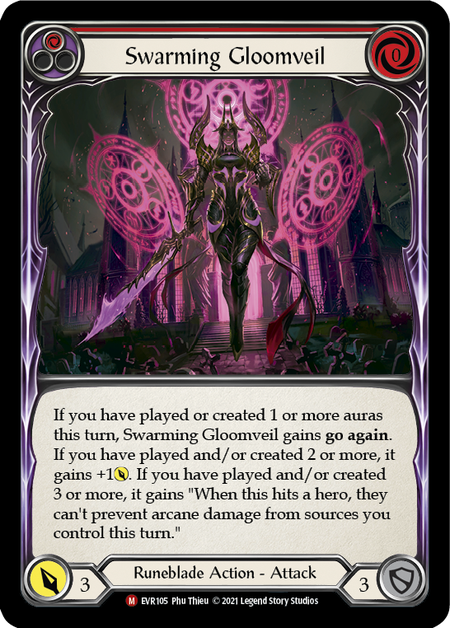
In this build, Skeleta serves as a tool for hugely explosive plays to steal tempo, whether that be drawing a few cards off a Sonata Arcanix, letting you make a Rattle Bones play for free, or just making Ninth Blade of the Blood Oath actually free without a great deal of setup.
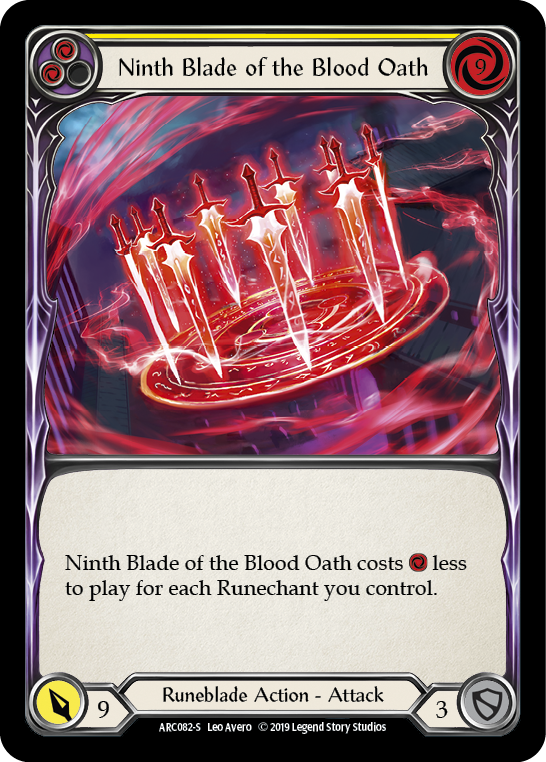
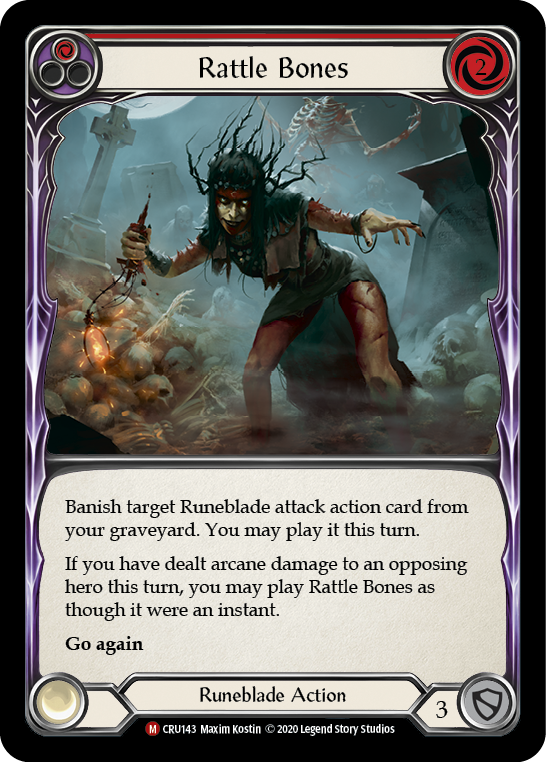
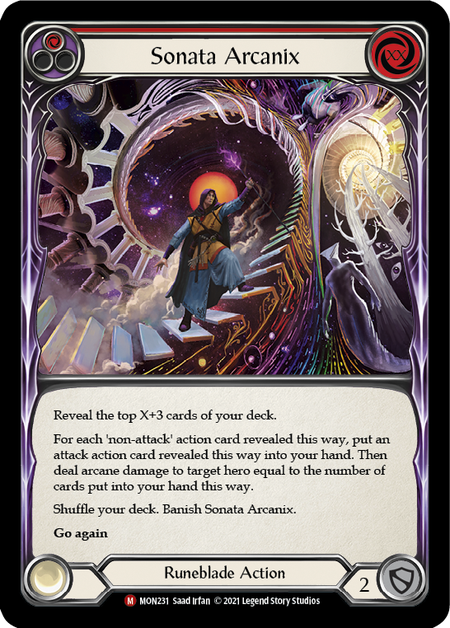
The second version of Viserai we'll look at today is a fully dedicated OTK deck. Instead of aggressive cards, we instead go deep on Runechant generation.

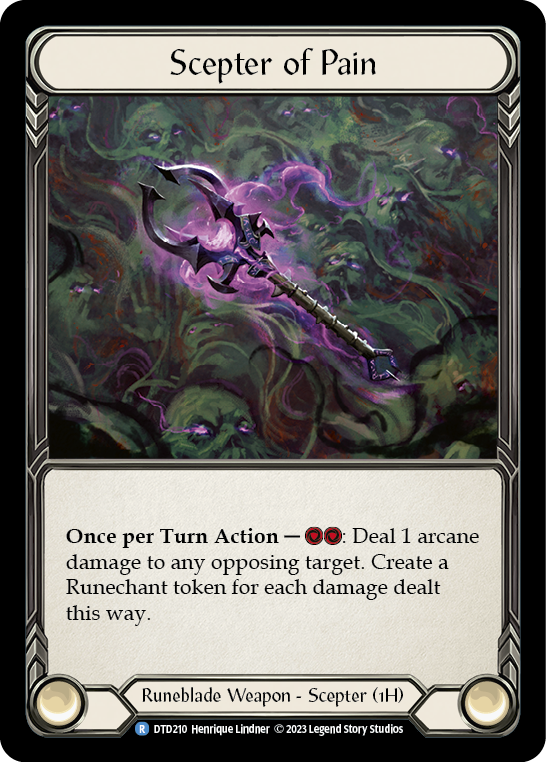
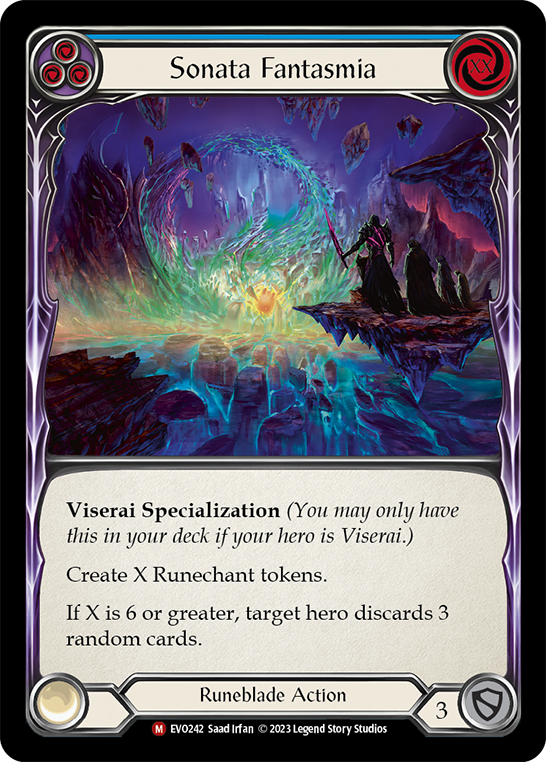
This version looks to lean on the power of Viserai's newest specialization, Sonata Fantasmia. If you build up 30 Runechants, activate Mage Master Boots, break Skeleta, and play Sonata Fantasmia, you'll increase your Runechant count by 50%, up to 45, plus take 3 random cards from the opponent’s hand for hitting the X≥6 threshold on Fantasmia. You now have 45 Runechants, an action point, and one discounted attack action to figure out a way to kill your opponent who has 1 card in hand. Not exactly a difficult brain teaser to figure out how to close it out from there.
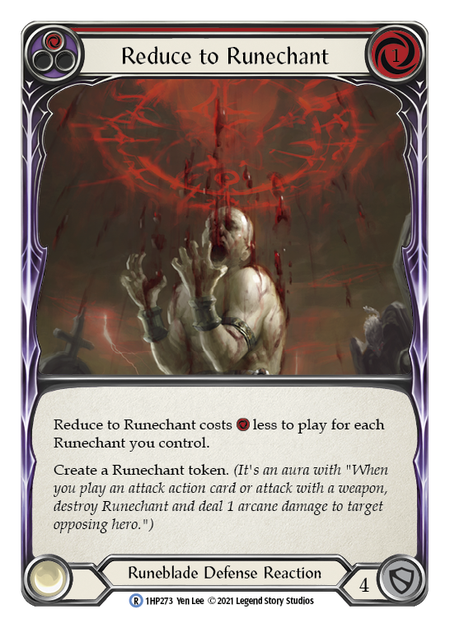
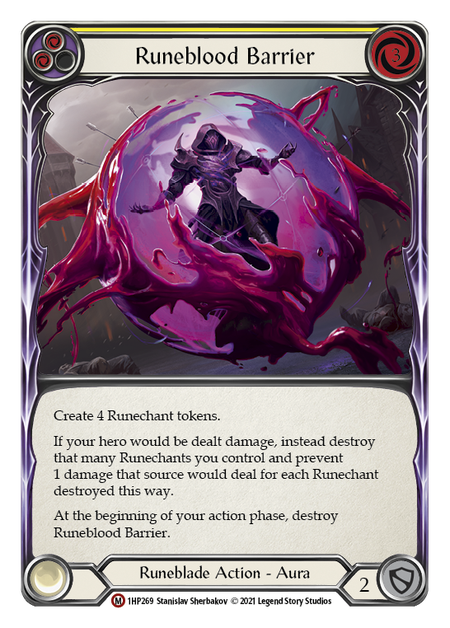
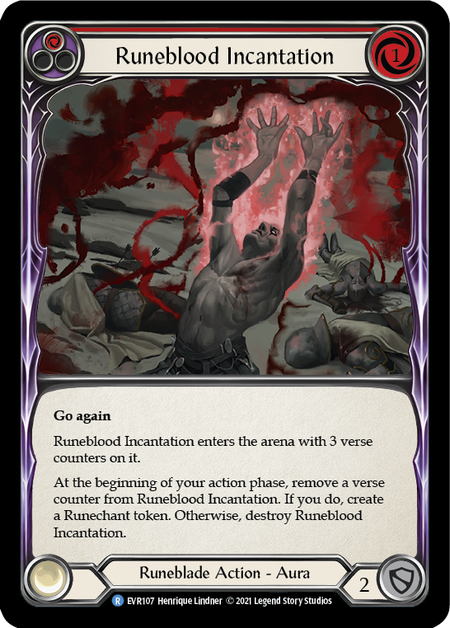
Which version of Viserai is more powerful in the format remains to be determined (and has the potential to change depending on the meta), but you can trust that as long as Skeleta is legal in the format, there will be loyal Runeblade fans looking to do some damage. With that said, Viserai is second only to Chane in terms of being hit hard by the key disruption in the format, so we'll see if Vis can contort himself enough to combat the Starvo menace.
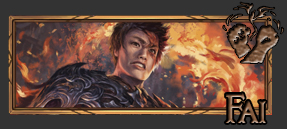
Fai is the most linear aggressive deck in Living Legend. His consistency and raw damage output are great, bolstered by Belittle once against being an option for the deck.


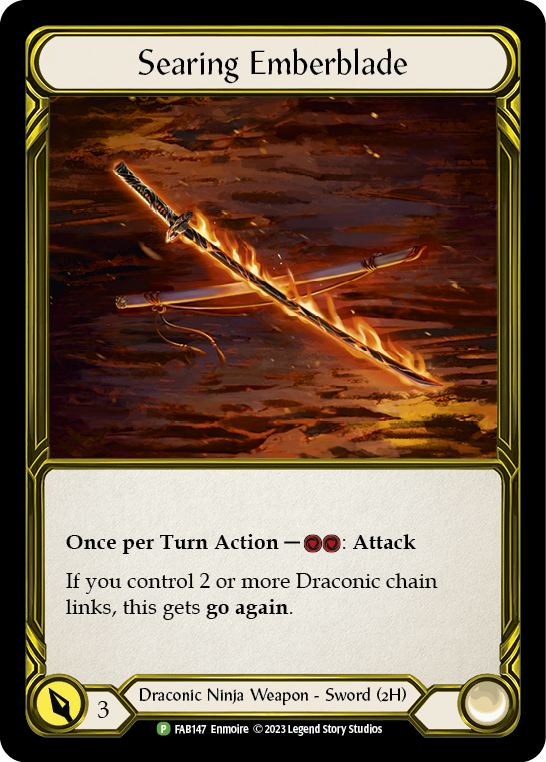
Damage amplifying cards like Spreading Flames and Art of War, combined with on-demand access to Stubby Hammerers, turn cards like Flamecall Awakening, Double Strike, Inflame, and Phoenix Flame into overdrive. Any of those anthems, combined with Stubbies, makes Flamecall Awakening into 5 and 3 with go again for 1 resource; Double Strike and Inflame become pairs of Head Jabs for a single card; and even the lowly Phoenix Flames attack for real damage.
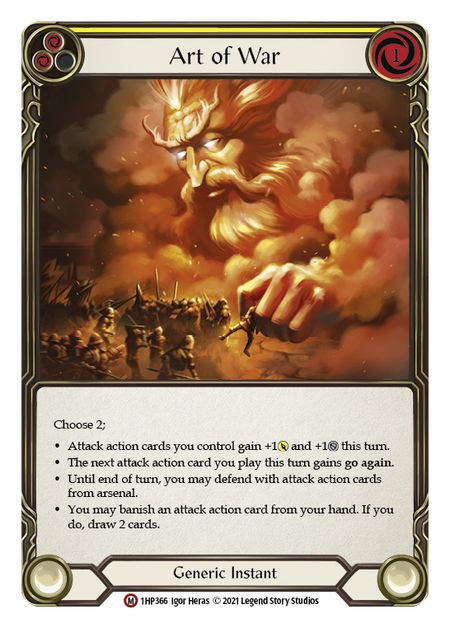
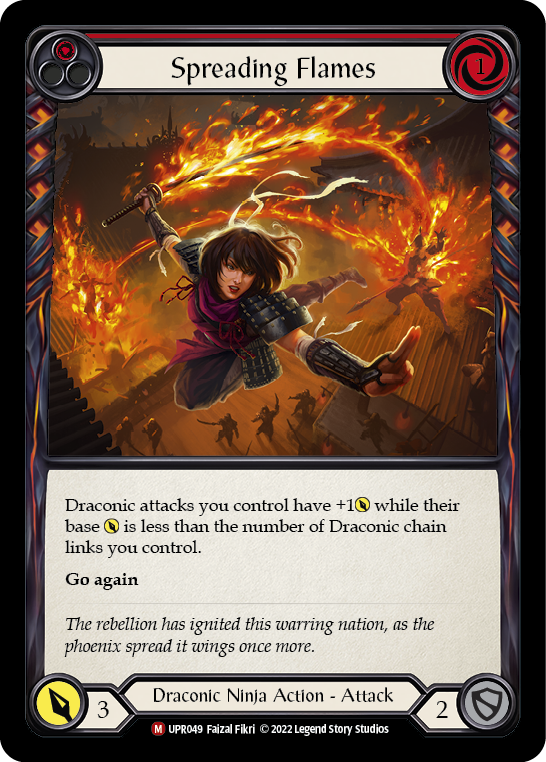

To cap it all off, if Fai is hitting you repeatedly on the turn, they can always cash in their trusty Mask of the Pouncing Lynx to fetch a Salt the Wound and cap the turn off with another 10 damage.
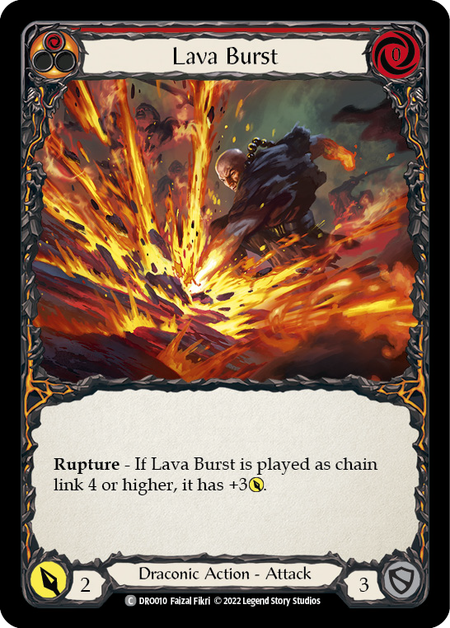
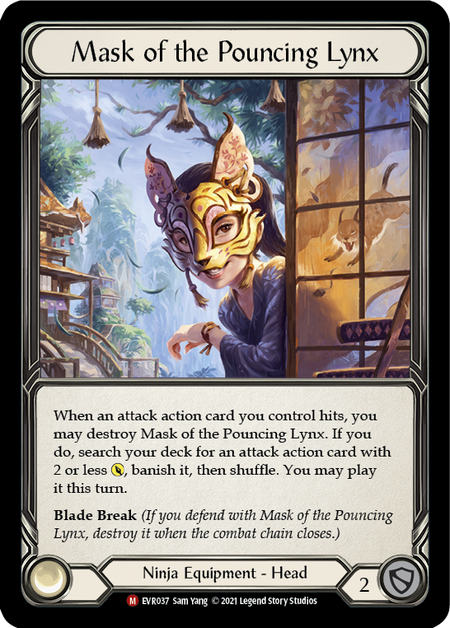

While Fai has incredible damage potential, he comes up a bit short defensively. More than half of Fai's cards block for 2, which is not a great place to be when Starvo is lobbing out crush effects consistently. The presence of Belittle/Minnowism and a lot of innate go again in the deck means that Fai has an easier time dealing with disruptive ice effects than the Runeblades, and Fai can ignore Warmonger's Diplomacy altogether.
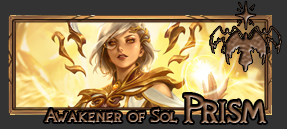
While Prism, Awakener of Sol has been slow to make noise in the CC format, with Luminaris in the mix, all bets are off.
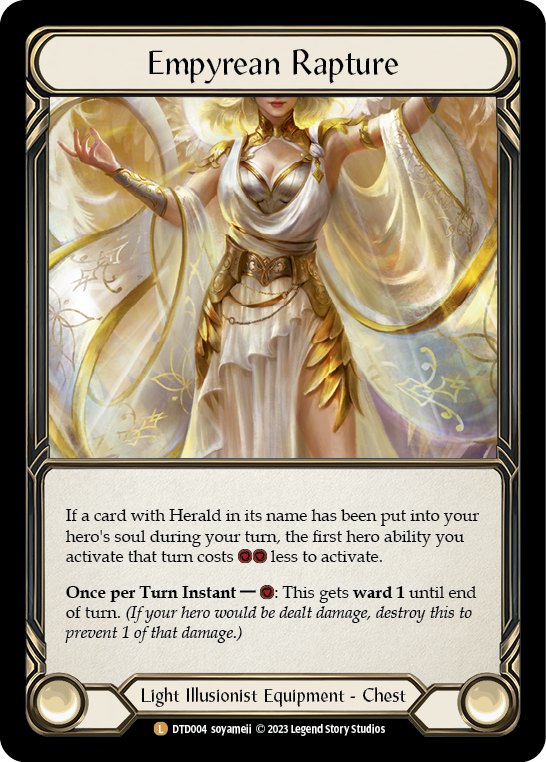
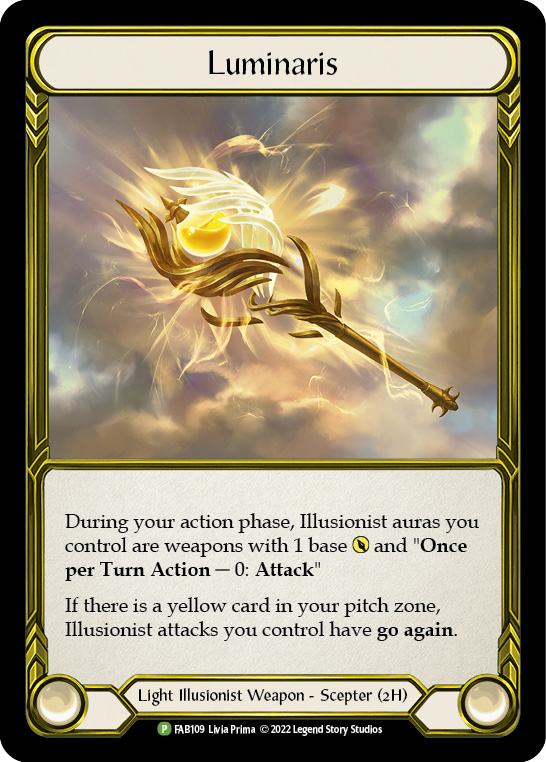
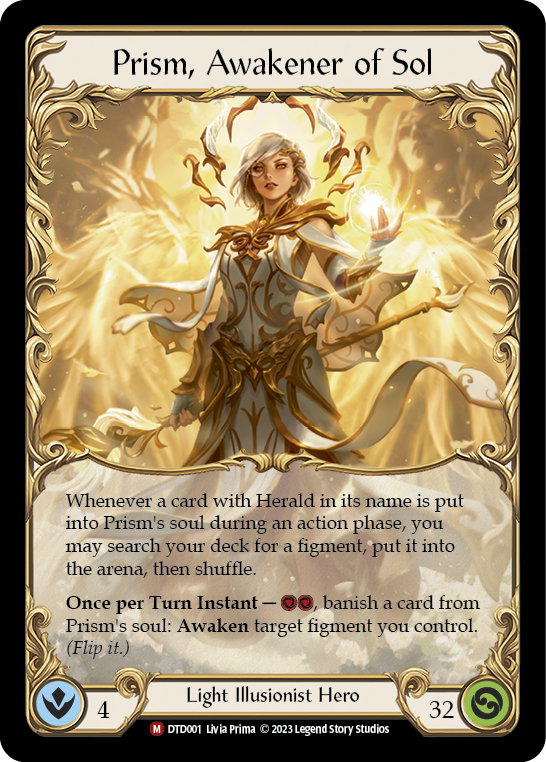
It's very possible that the lower starting life total compared to OG Prism and the need to run more cards that don't block (Figments) is just too much of a liability in a format with its current level of aggression, but if you ask Illusionist lovers (and haters), through Luminaris, all things are possible.
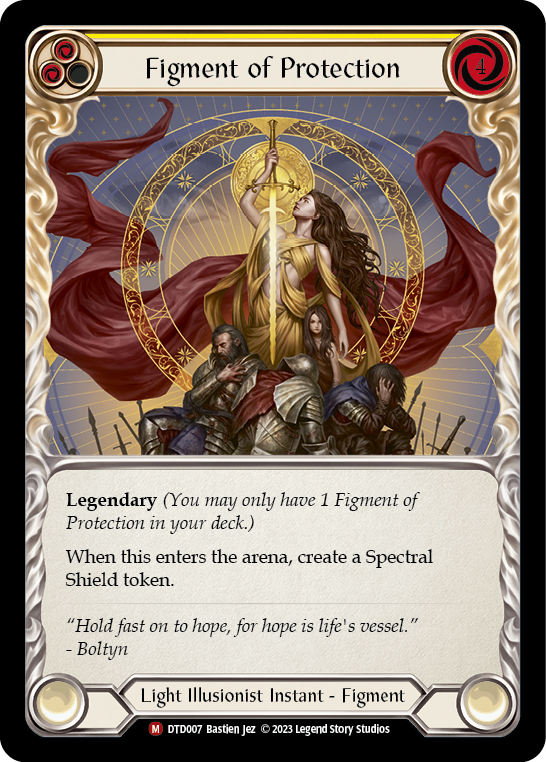
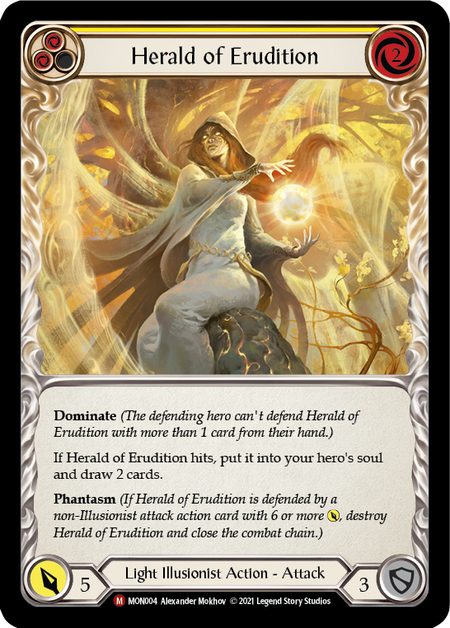
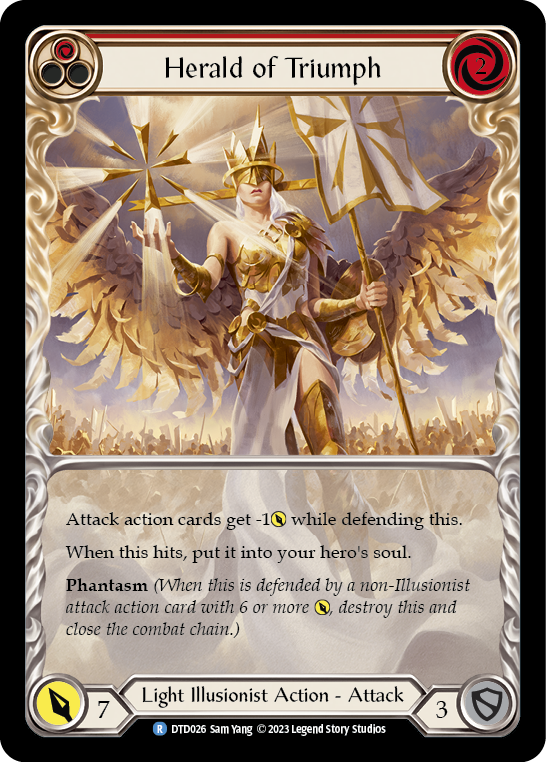
Luminaris means Herald aggro can be potent into aggressive decks that generally don't have a high density of poppers, and the power of tutoring a Figment makes Herald of Erudition and Herald of Triumph even more threatening than usual.
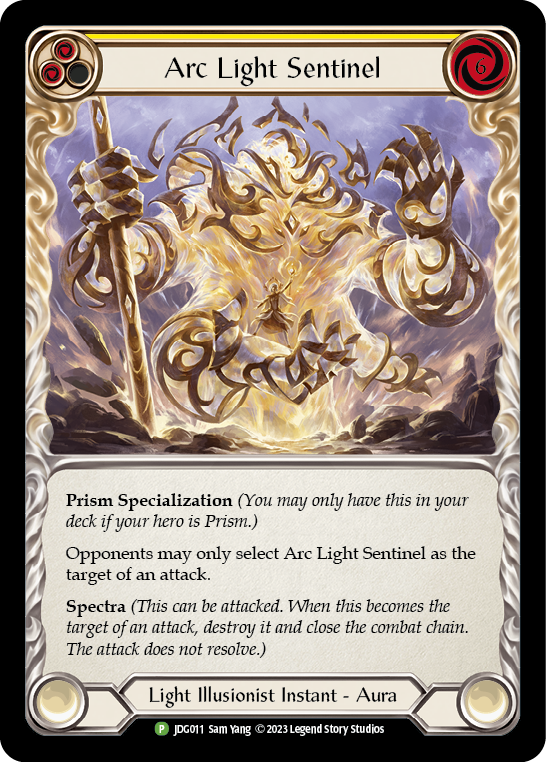
Prism enjoys the benefits of Warmonger's Diplomacy as much as anyone, as Illusionist attacks can all just swing out thanks to Luminaris. Arc Light Sentinel is Prism's "gotcha!" card into Runeblades, and is something that they need to respect.
Classic Constructed Transplants
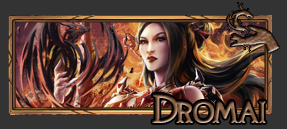
Dromai's LL decklists aren't notably different than CC, so find your favorite Dromai player and reference their best build.
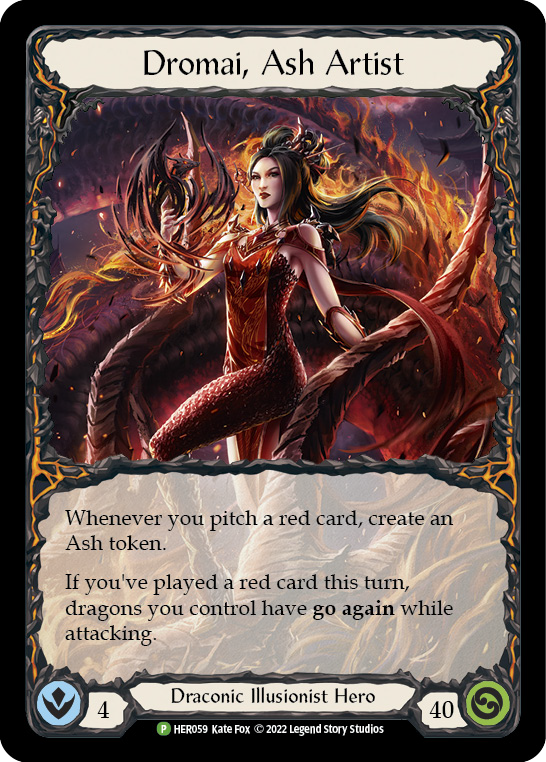
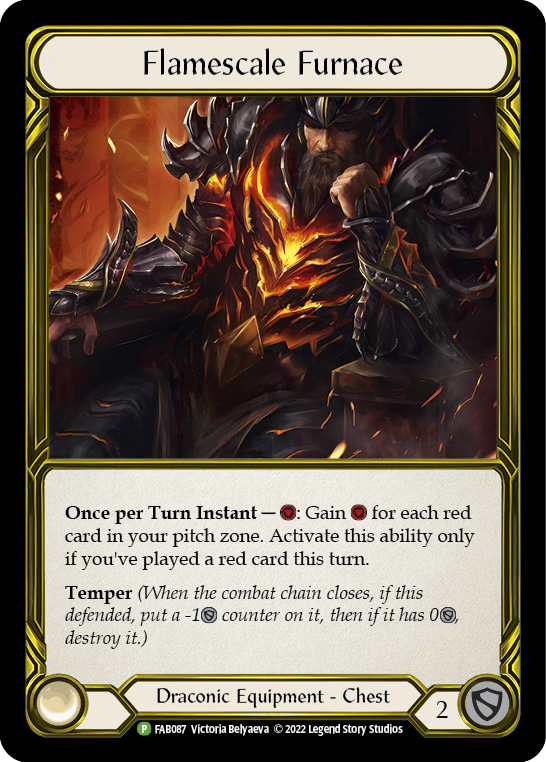
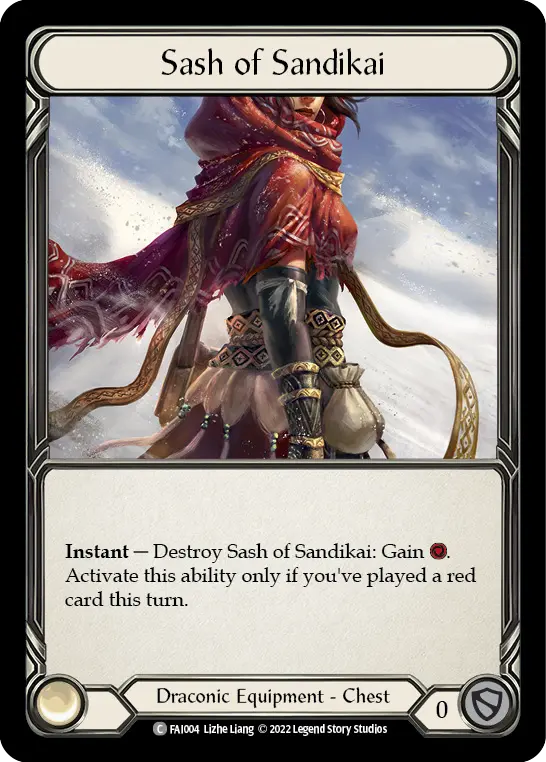
Dromai will try to occupy a spot similar to Prism in the metagame, working to set up a horde of dragons and roll that accrued advantage into an overwhelming board state to win the game. Potential new includes for LL are Belittle and Plunder Run, but the viability of those will depend on how aggressive you're trying to be.
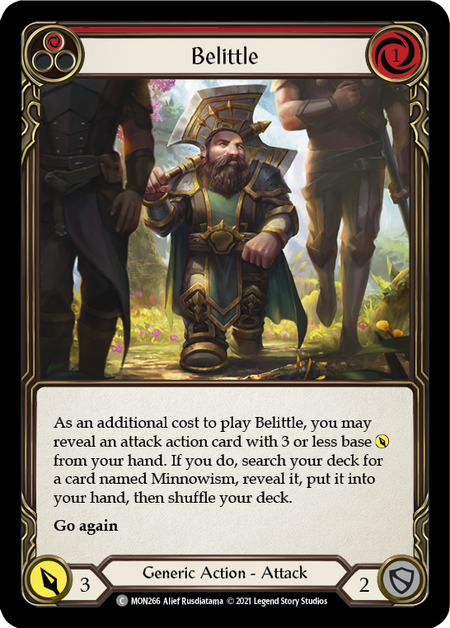

Compared to Prism, Dromai has less counterplay against poppers and less access to the premium disruption that LL has to offer. Combined with being very red-heavy - and therefore more vulnerable to ice disruption - means that Dromai will have a steeper hill to climb to achieve top level competitive viability, but you can never count an Illusionist out.
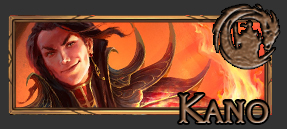
LL Kano likely won't be very different from his CC builds, so find a list from your resident Wizard master!
Kano, our final inclusion, is a bit of an oddball. Kano gains no new cards from playing in the LL format. He has no disruption aside from asking opponents, "Would you like to prevent this arcane damage?". He starts with even less life than the disruptive Iyslander or the Figment-flipping Prism. And yet, when people decide to not respect it, Kano will make you pay for it.
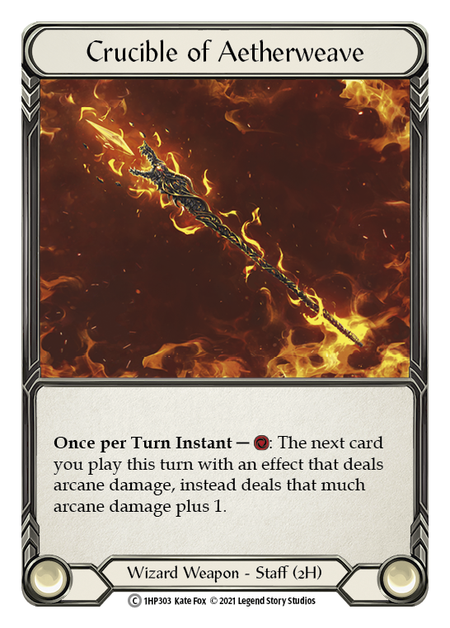
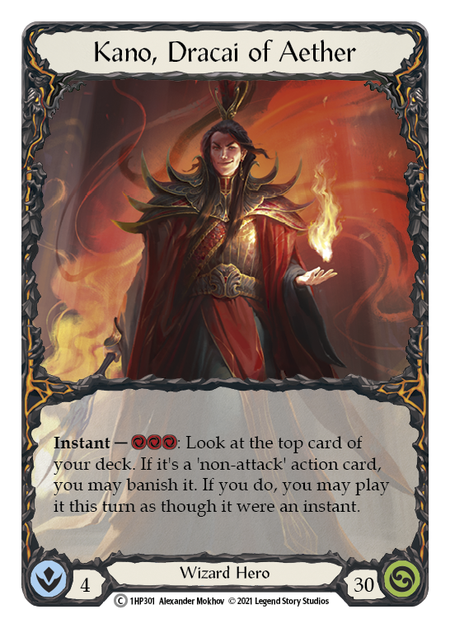

Good Kano players terrify me, and similar to unique archetypes like Dredge in MTG, I believe Kano is destined to live on the outskirts of the Living Legend format, ready to pounce as soon as the masses drop their guard. He's not the type of deck that can single-handedly occupy S-tier like Starvo can, but his arcane barrage can tear through Guardian, Runeblade, and Ninja alike.
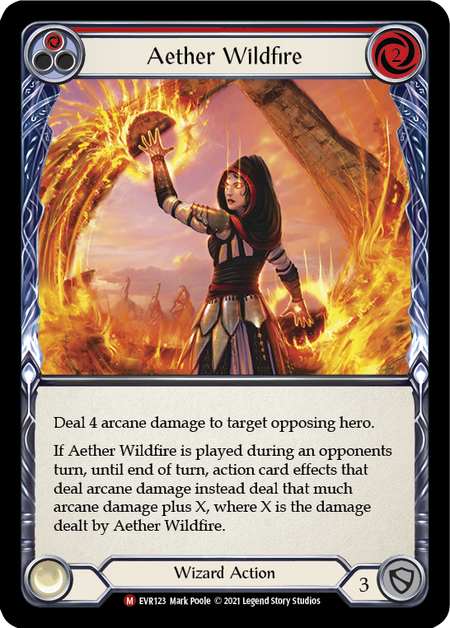
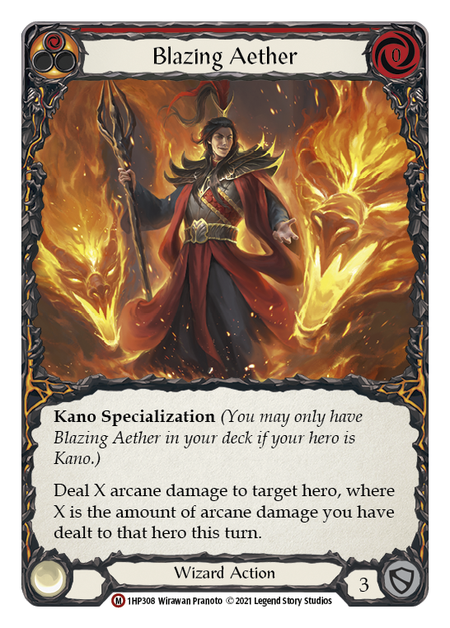
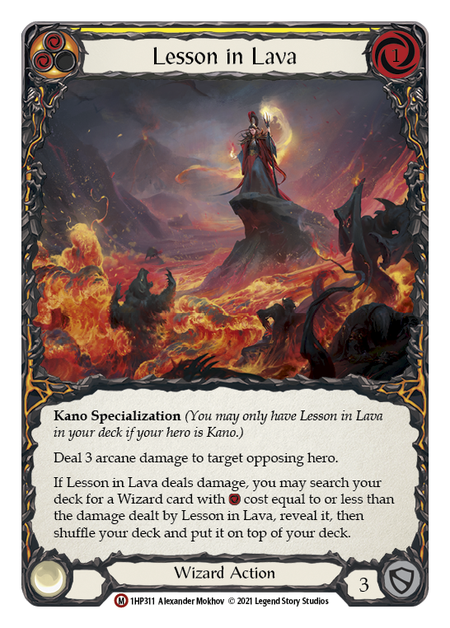
A Wide View of the LL Landscape
That will do it for this Primer. I could end it with a Tier list, but that would just be Starvo alone in S-tier lording over the rest of the format. So instead, here is a summary of each of the heroes that have been discussed:
Aggro
Chane
Fai
Briar
Control
Starvo
Lexi
Iyslander
Oldhim
Combo
Viserai
Kano
Board State
Prism
NuPrism
Dromai
These classifications aren't perfect, as Viserai can flex between Aggro and Combo depending on the build, and there is a reasonable argument to be made that Starvo and Lexi can threaten enough damage to be considered aggro decks.
Regardless, I hope you found this Primer helpful (or at least entertaining!) for finding your footing in this new format. Special thanks to Rhea Adams for the Iyslander and Prism lists, and to Jesse Hudak for the Oldhim list, as well as the AGE folks for making their event decklists available!
The Living Legend format is a new frontier to explore in Flesh and Blood, and we're just getting started. I'm very excited to see where the format goes from this start, and thrilled that I'll always have a place where I can play Chane.


